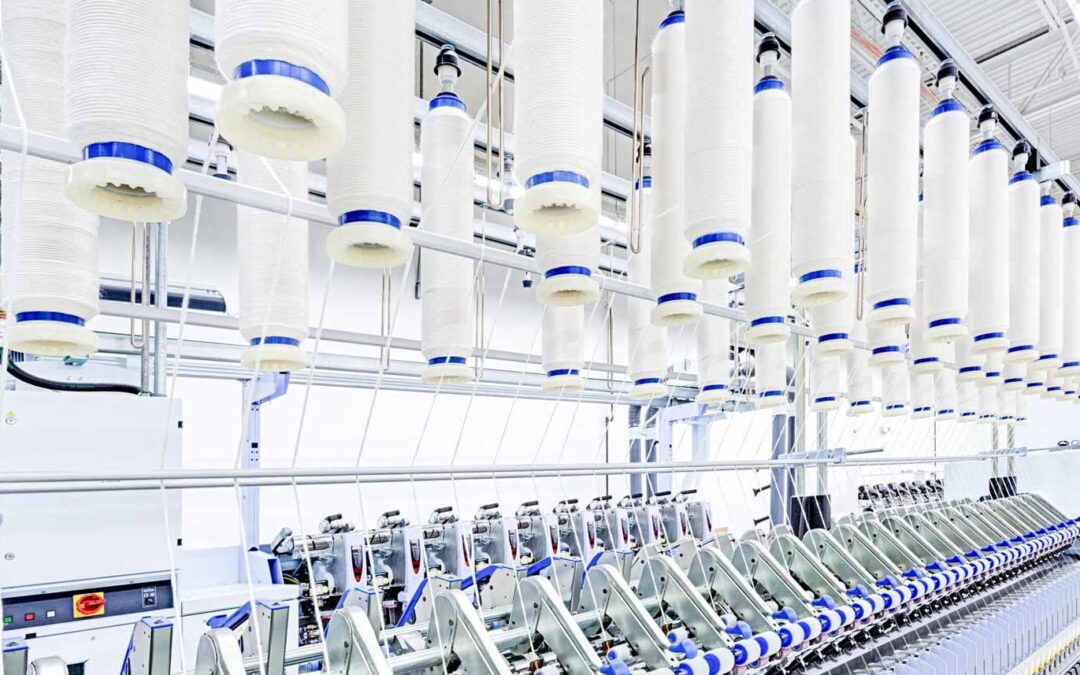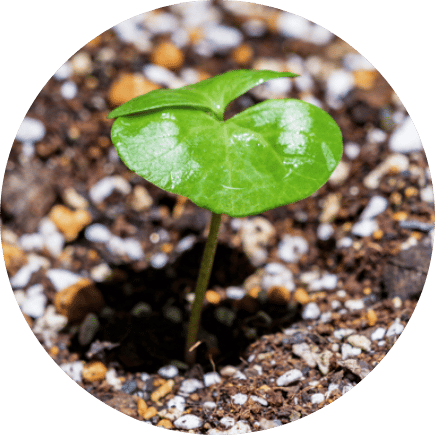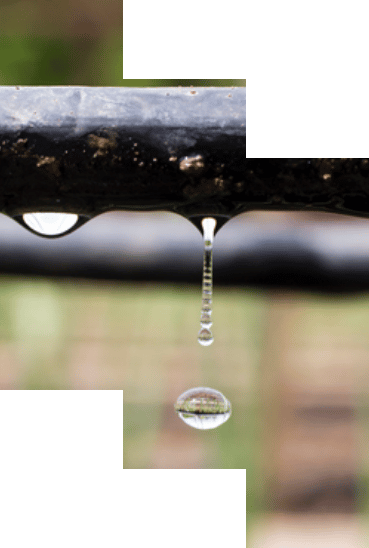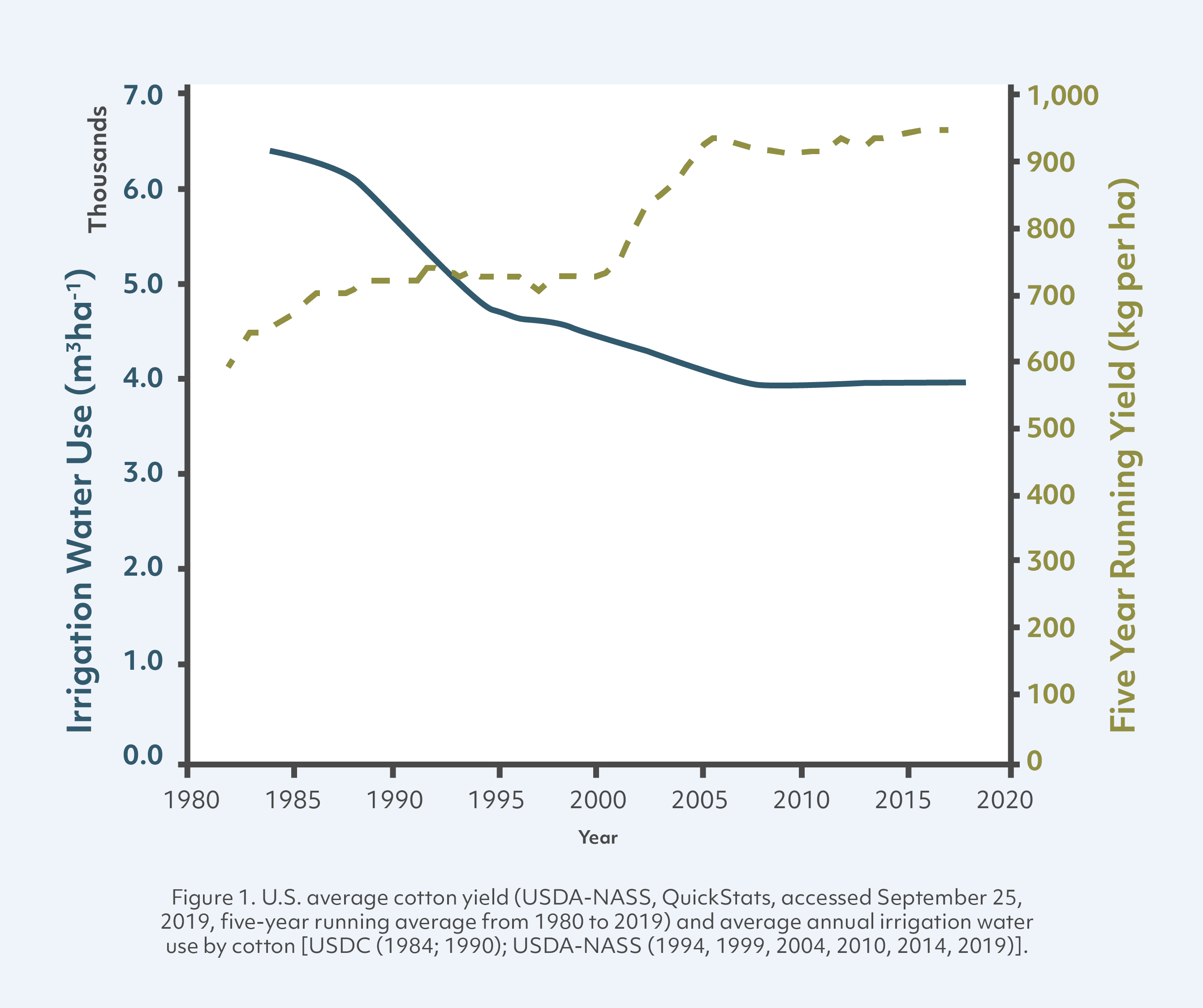Water Efficiency in Cotton Fields
The mineral content of water and soil effects how all crops grow, and even whether they can grow at all. Cotton isn’t just a very water-efficient crop – it is also highly tolerant of the salt content of soil and water. This means it can be grown with water and soil resources that are unsuitable for most other crops.3 Cotton can even make use of drainage or reclaimed water that cannot be used to water other crops, and that would otherwise require environmentally challenging waste disposal.4
The amount and timing of natural rainfall can play a major role in the water management decision making process for cotton growers, but sometimes, plants need more help in order to grow – for example, when weather conditions are adverse (i.e., in a drought). Under some conditions, irrigation also significantly improves the efficiency of other agricultural inputs. In fact, it can as much as double the yield of crop production5, as well as offering safeguards against poor crop performance and insufficient rainfall.




